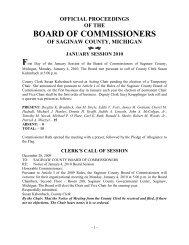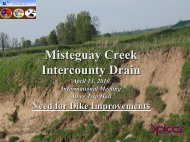The Metropolitan Transportation Planning ... - Saginaw County
The Metropolitan Transportation Planning ... - Saginaw County
The Metropolitan Transportation Planning ... - Saginaw County
Create successful ePaper yourself
Turn your PDF publications into a flip-book with our unique Google optimized e-Paper software.
<strong>The</strong> <strong>Metropolitan</strong> <strong>Transportation</strong> <strong>Planning</strong> Process: Key Issues<br />
Smart Growth<br />
Sources<br />
Sprawl<br />
Stakeholders<br />
State Implementation Plan (SIP)<br />
State Infrastructure Bank (SIB)<br />
State <strong>Planning</strong> and Research Funds<br />
(SPR)<br />
State <strong>Transportation</strong> Improvement<br />
Program (STIP)<br />
Statewide <strong>Transportation</strong> Plan<br />
Smart growth is a set of policies and<br />
programs designed by local governments<br />
to protect, preserve, and economically<br />
develop established communities and<br />
natural and cultural resources. Smart<br />
growth encompasses a holistic view of<br />
development.<br />
Refers to the origin of air contaminants.<br />
Can be point (coming from a defined site)<br />
or non-point (coming from many diffuse<br />
sources). Stationary sources include<br />
relatively large, fixed facilities such as<br />
power plants, chemical process industries,<br />
and petroleum refineries. Area sources are<br />
small, stationary, non-transportation sources<br />
that collectively contribute to air pollution,<br />
and include such sources as dry cleaners<br />
and bakeries, surface coating operations,<br />
home furnaces, and crop burning. Mobile<br />
sources include on-road vehicles such as<br />
cars, trucks, and buses; and off-road<br />
sources such as trains, ships, airplanes,<br />
boats, lawnmowers, and construction<br />
equipment.<br />
Urban form that connotatively depicts the<br />
movement of people from the central city<br />
to the suburbs. Concerns associated with<br />
sprawl include loss of farmland and open<br />
space due to low-density land<br />
development, increased public service<br />
costs, and environmental degradation as<br />
well as other concerns associated with<br />
transportation.<br />
Individuals and organizations involved in or<br />
affected by the transportation planning<br />
process. Include federal/state/local<br />
officials, MPOs, transit operators, freight<br />
companies, shippers, and the general<br />
public.<br />
Produced by the State environmental<br />
agency, not the MPO. A plan mandated by<br />
the CAA that contains procedures to<br />
monitor, control, maintain, and enforce<br />
compliance with the NAAQS. Must be<br />
taken into account in the transportation<br />
planning process.<br />
A revolving fund mechanism for financing a<br />
wide variety of highway and transit projects<br />
through loans and credit enhancement.<br />
SIBs are designed to complement<br />
traditional Federal-aid highway and transit<br />
grants by providing States increased<br />
flexibility for financing infrastructure<br />
investments.<br />
Primary source of funding for statewide<br />
long-range planning.<br />
A staged, multi-year, statewide, intermodal<br />
program of transportation projects,<br />
consistent with the statewide transportation<br />
plan and planning processes as well as<br />
metropolitan plans, TIPs, and processes.<br />
<strong>The</strong> official statewide intermodal<br />
transportation plan that is developed<br />
through the statewide transportation<br />
planning process.


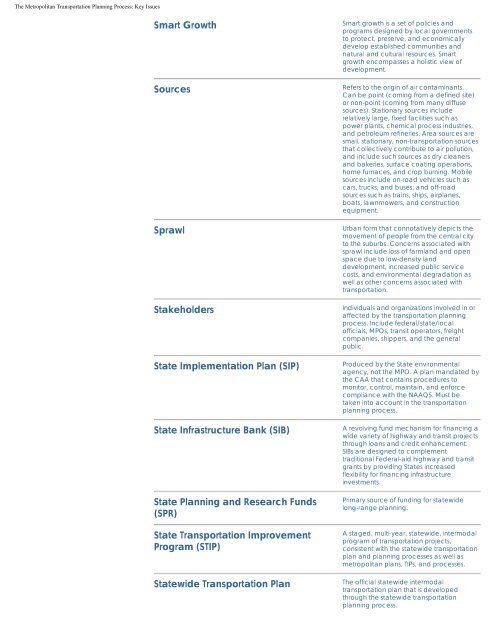
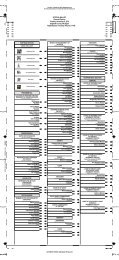
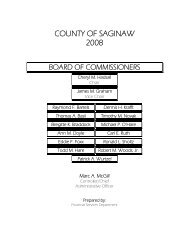
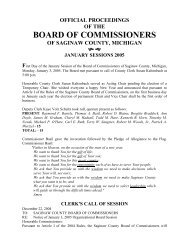
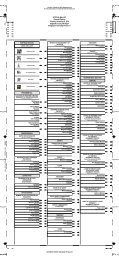

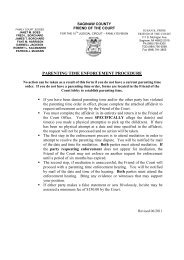
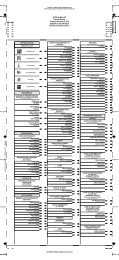
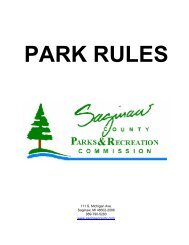

![[ Of Commissioners] - Saginaw County](https://img.yumpu.com/25951211/1/190x245/-of-commissioners-saginaw-county.jpg?quality=85)


